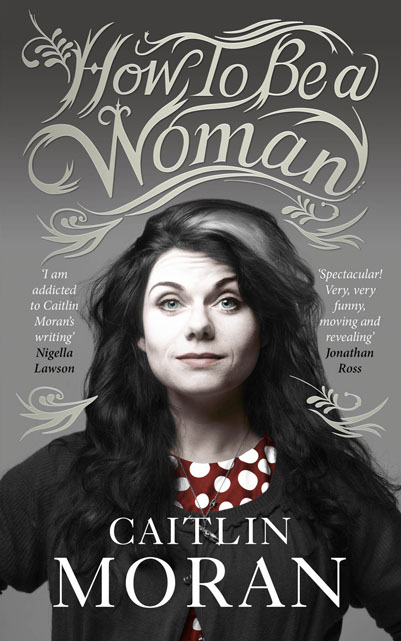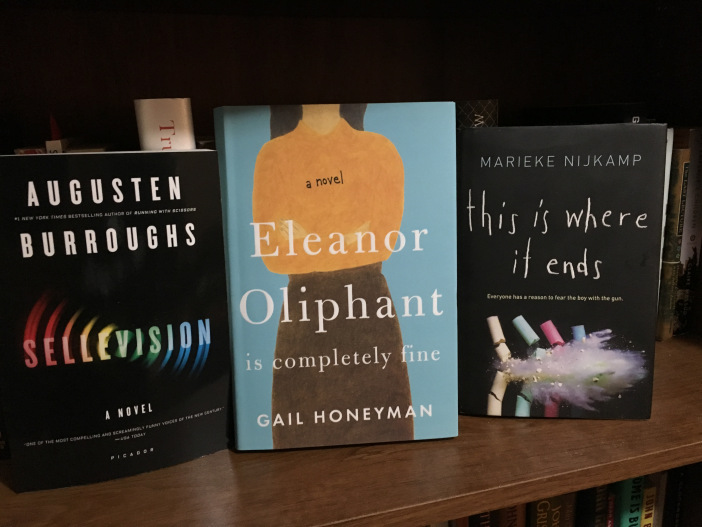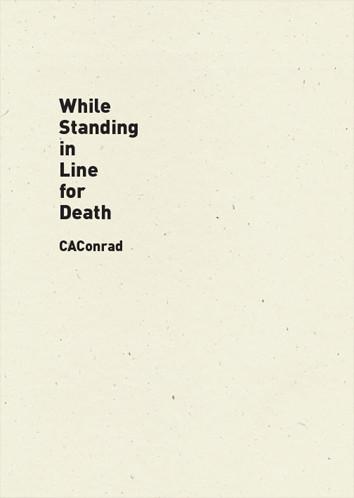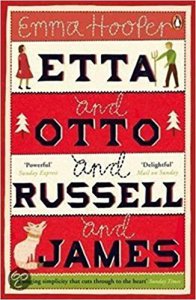Download links for: Infinite Jest


Reviews (see all)
Write review
Interesting so far, number of bizarre infra-digs on Canadians.
Amazing and ultimately confusing
Did not finish. Maybe some day.
Big book with tons of laughs.
Other books by Humor
Other books by David Foster Wallace
Related articles












